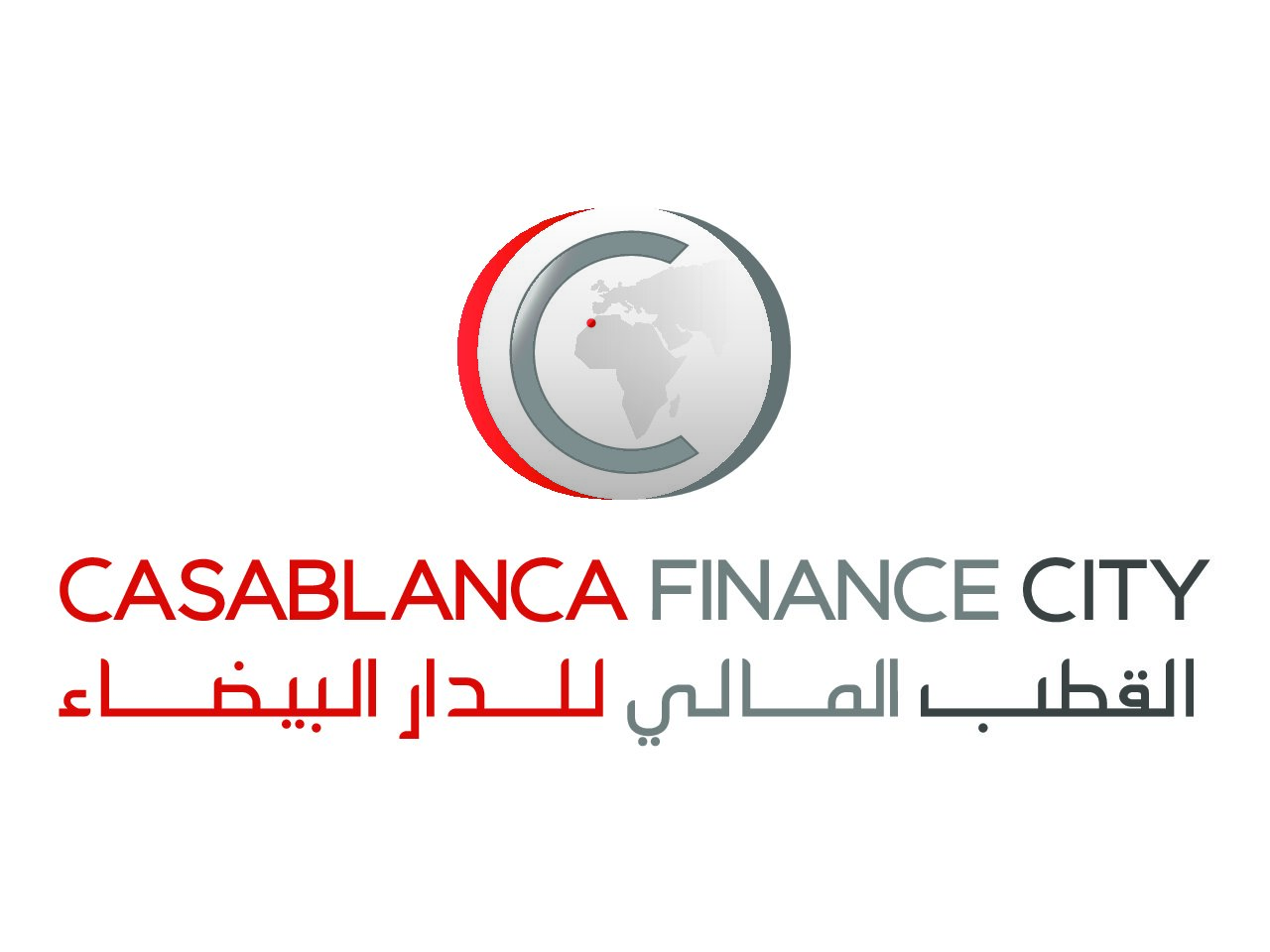Mining in Malawi
Mining in Malawi is a topic of great interest and importance. It’s a sector that has seen significant growth over the years.
The country is rich in minerals like uranium, coal, and rare earth elements. These resources play a crucial role in the nation’s economy.
However, mining is not without its challenges. From environmental concerns to infrastructural limitations, the industry faces several hurdles.
This article aims to provide an in-depth look at mining in Malawi. We’ll explore its economic impact, legal framework, and major projects.
We’ll also delve into the environmental and social implications of resource extraction. Join us as we uncover the intricacies of this vital sector.
Overview of Mining in Malawi
The mining sector in Malawi has a rich history. It has evolved over the years, becoming a key player in the country’s economy.
The government plays a significant role in promoting and regulating the industry. It has put in place policies to attract both local and foreign investors.
Major mining projects have been launched, with the Kayelekera uranium mine being a notable example. These projects have created numerous employment opportunities for the locals.
However, the sector also faces challenges. Infrastructural limitations and fluctuating commodity prices are among the main hurdles.
Despite these challenges, the future of mining in Malawi looks promising. With the right strategies, the sector can overcome its hurdles and continue to thrive.
Key Minerals and Resources
Malawi is rich in mineral resources. The country’s geology is diverse, hosting a variety of minerals.
Uranium is one of the key minerals extracted in Malawi. The Kayelekera mine is a major source of this mineral.
Coal is another significant resource. It is mined in several parts of the country, providing energy for local industries.
Rare earth elements are also found in Malawi. These are crucial for the production of high-tech devices.
Other minerals include limestone, bauxite, and gemstones. These contribute to the diversity of Malawi’s mining sector.
Here is a list of key minerals found in Malawi:
- Uranium
- Coal
- Rare earth elements
- Limestone
- Bauxite
- Gemstones

The extraction of these resources plays a crucial role in the country’s economy. It also presents opportunities for further exploration and development.
Economic Impact and GDP Contribution
Mining in Malawi has a significant economic impact. It contributes to the country’s Gross Domestic Product (GDP).
The sector provides employment opportunities. It creates jobs both directly in mining and indirectly in related industries.
Foreign investment in mining also boosts the economy. It brings in capital and promotes technological transfer.
The export of minerals contributes to foreign exchange earnings. This helps to stabilize the country’s currency.
However, the sector’s contribution to GDP fluctuates. It depends on global commodity prices and the performance of individual mining projects.
Legal and Regulatory Framework
The mining sector in Malawi is governed by a legal and regulatory framework. This includes the Mines and Minerals Act and the Petroleum (Exploration and Production) Act.
The government plays a key role in this sector. It promotes and regulates mining activities to ensure sustainable development.
Foreign companies and investors must comply with these laws. They must also respect the rights and interests of local communities.
Environmental regulations are also in place. These aim to mitigate the impact of mining on the environment.
However, enforcement of these laws can be a challenge. This is due to limited resources and capacity.
Major Mining Projects and Case Studies
Malawi has seen several major mining projects. One notable example is the Kayelekera uranium mine.

Operated by Paladin Africa, it was the country’s largest mine. However, it was put on care and maintenance in 2014 due to low uranium prices.
Another significant project is the Songwe Hill Rare Earth Project. This is being developed by Mkango Resources. It is expected to produce rare earth elements, which are in high demand globally.
These projects highlight the potential of mining in Malawi. They also underscore the challenges, such as fluctuating commodity prices.
Environmental Concerns and Sustainability
Mining in Malawi has raised environmental concerns. One major issue is water pollution. Mining activities can contaminate water bodies, affecting both human and wildlife populations.
Deforestation is another concern. Mining often involves clearing large areas of land. This can lead to habitat loss and increased carbon emissions.
To address these issues, measures are being taken. These include stricter regulations and the promotion of sustainable mining practices.
However, more needs to be done. Ensuring the sustainability of Malawi’s mining sector is crucial for the country’s future.
Community Impact and Social Responsibility
Mining in Malawi has a significant impact on local communities. It can lead to land displacement, affecting people’s homes and livelihoods.
Compensation for displaced communities is a contentious issue. Fair and timely compensation is crucial to maintain social harmony.
Mining companies have a responsibility towards these communities. They need to engage with them and address their concerns.
Corporate social responsibility (CSR) initiatives can play a key role here. They can help ensure that the benefits of mining are shared with the local communities.
In conclusion, social responsibility is as important as economic profitability in the mining sector.
Challenges and Future Outlook
The mining sector in Malawi faces several challenges. Infrastructure limitations and fluctuating commodity prices are among the major hurdles.
Climate change also poses a significant risk. It can affect the sustainability of mining operations.
Despite these challenges, the future outlook of mining in Malawi is promising. Technological advancements and sustainable practices can help overcome these obstacles.
In conclusion, while the path is fraught with challenges, the potential for growth and development in Malawi’s mining sector is significant.
Conclusion: The Path Forward for Malawi’s Mining Sector
The mining sector in Malawi holds immense potential. It can significantly contribute to the country’s economic growth and development.
However, it is crucial to address the environmental and social impacts. Sustainable and responsible mining practices are the need of the hour.
The government, mining companies, and communities must work together. They should aim for a mining sector that benefits all stakeholders.
In the end, the path forward for Malawi’s mining sector is one of balance. It must align economic growth with environmental sustainability and social responsibility.





























